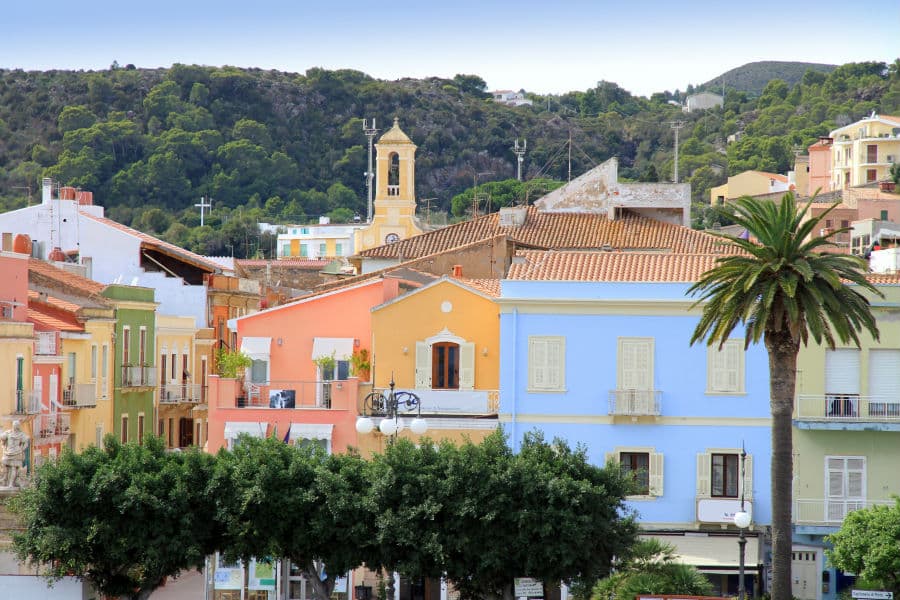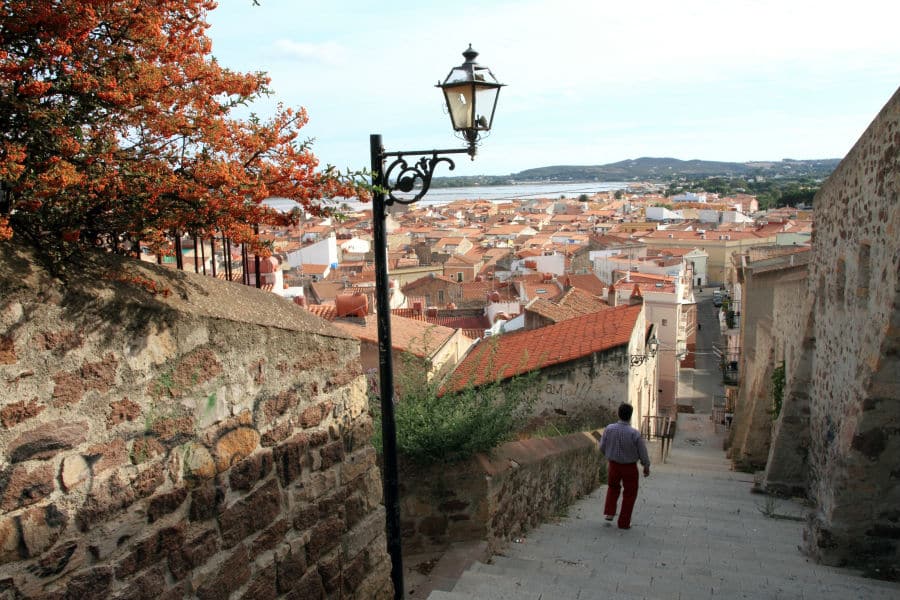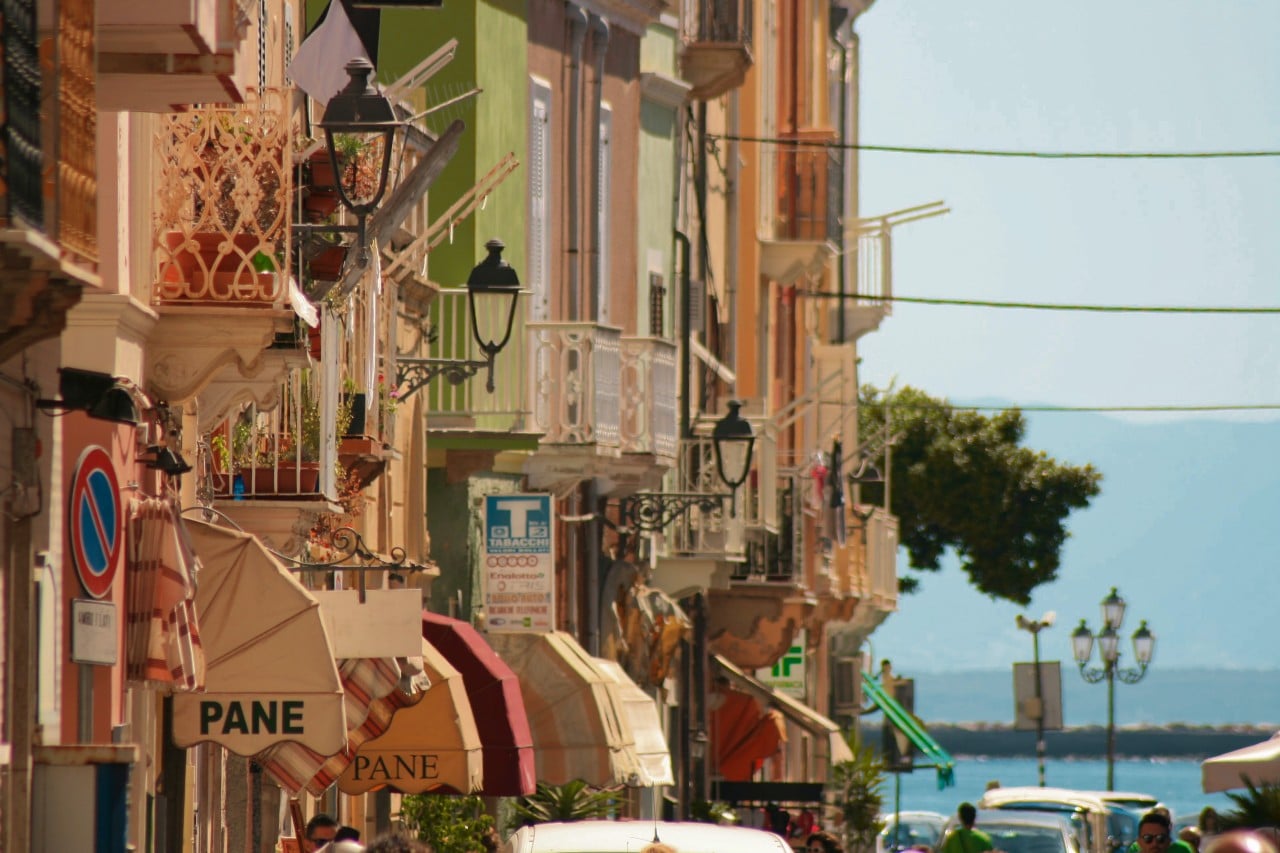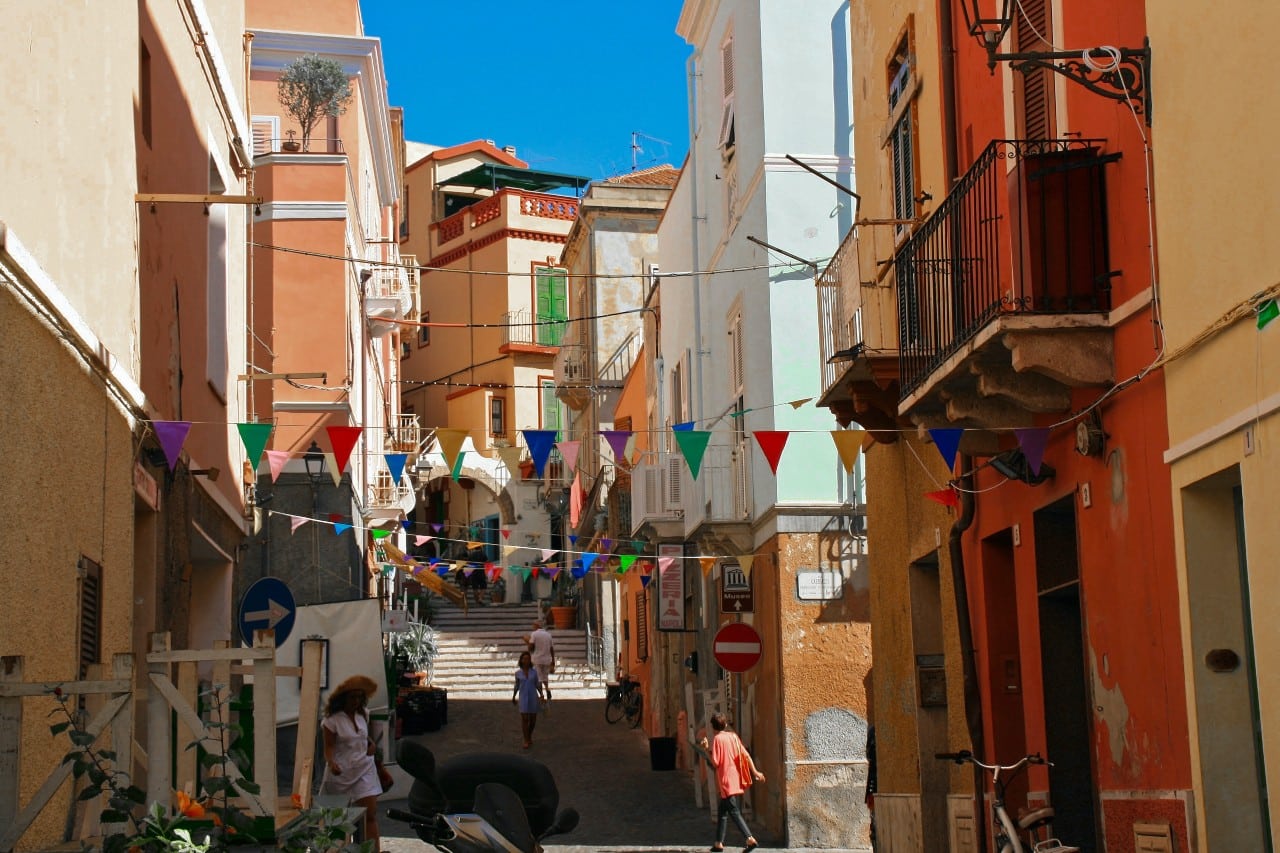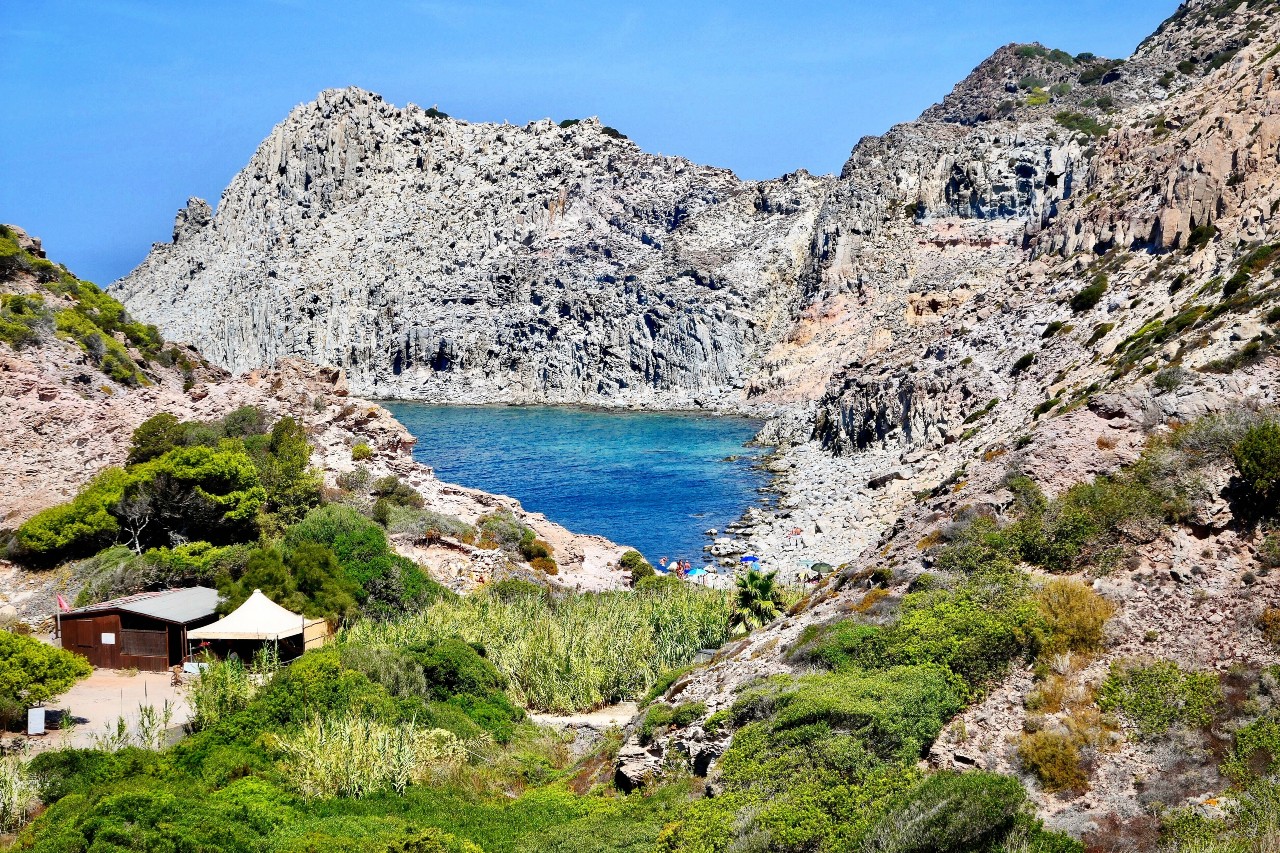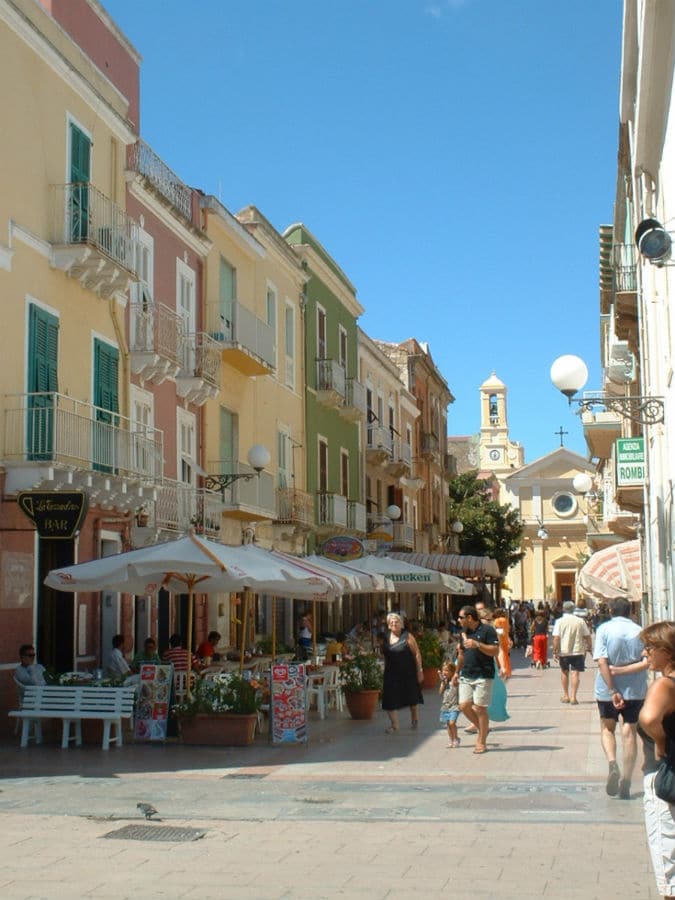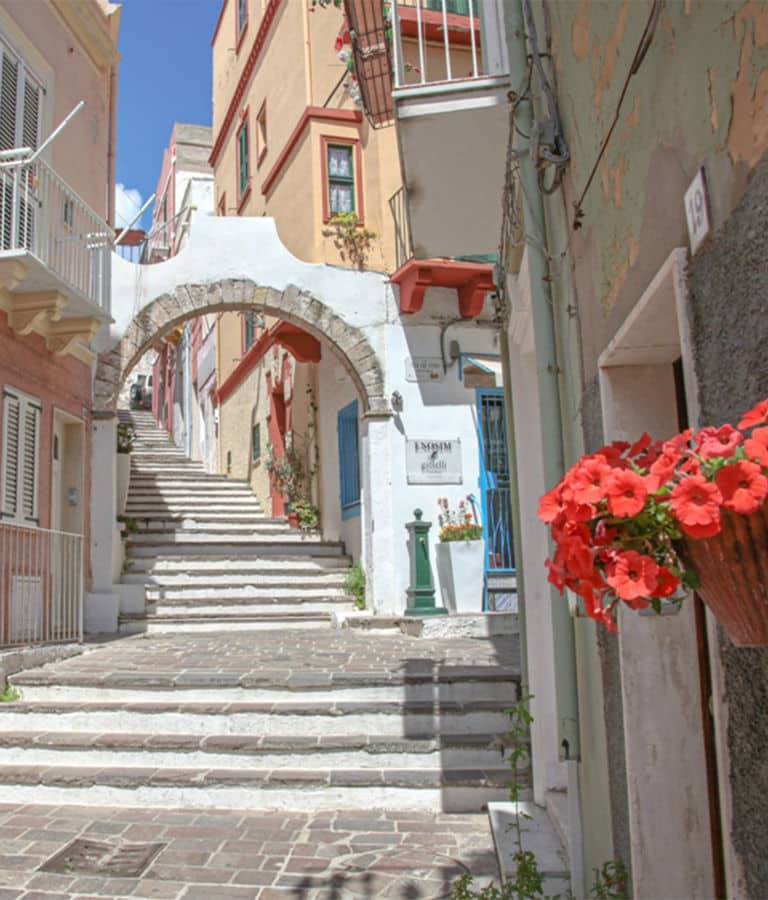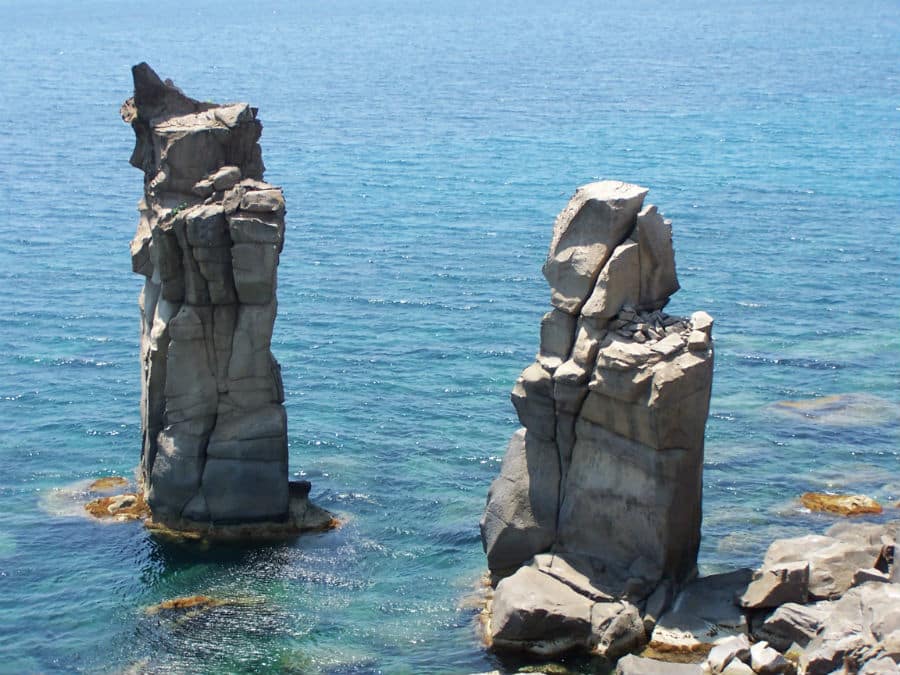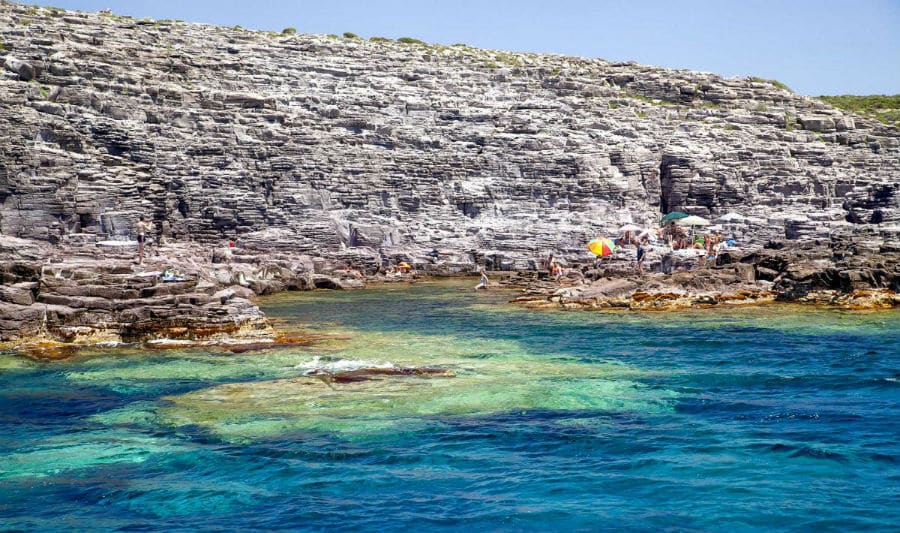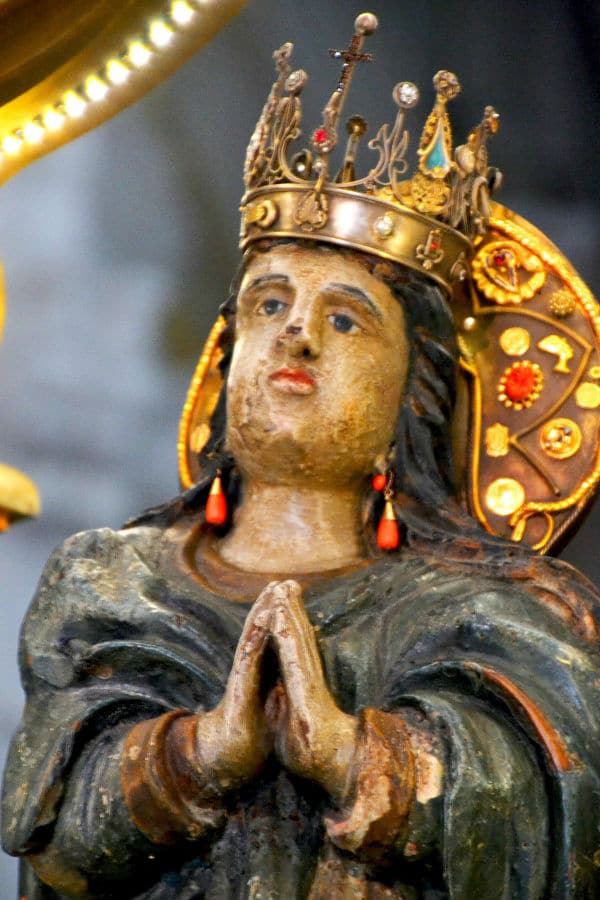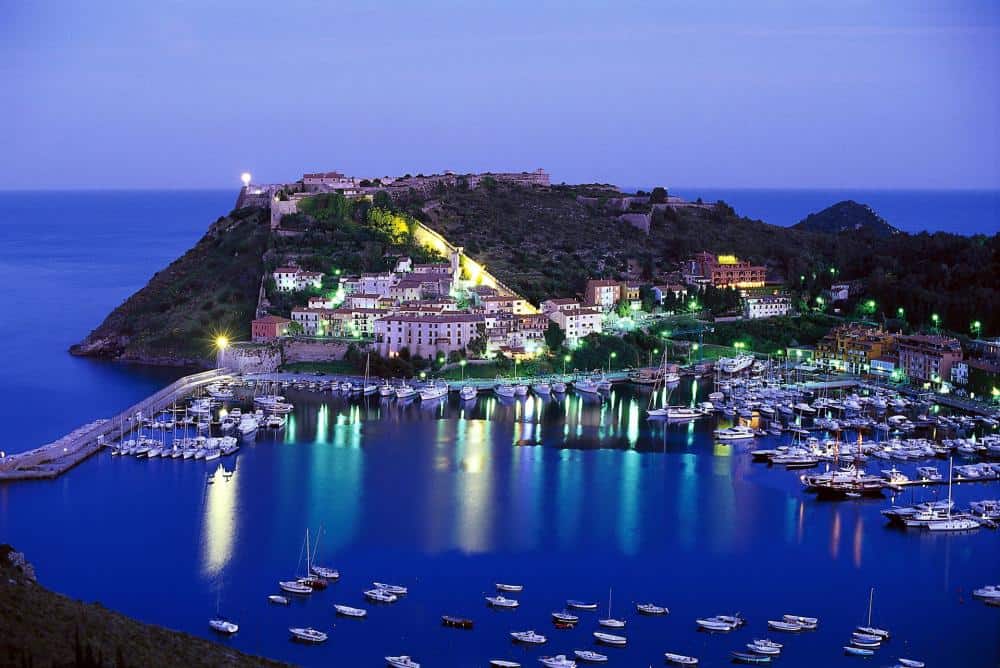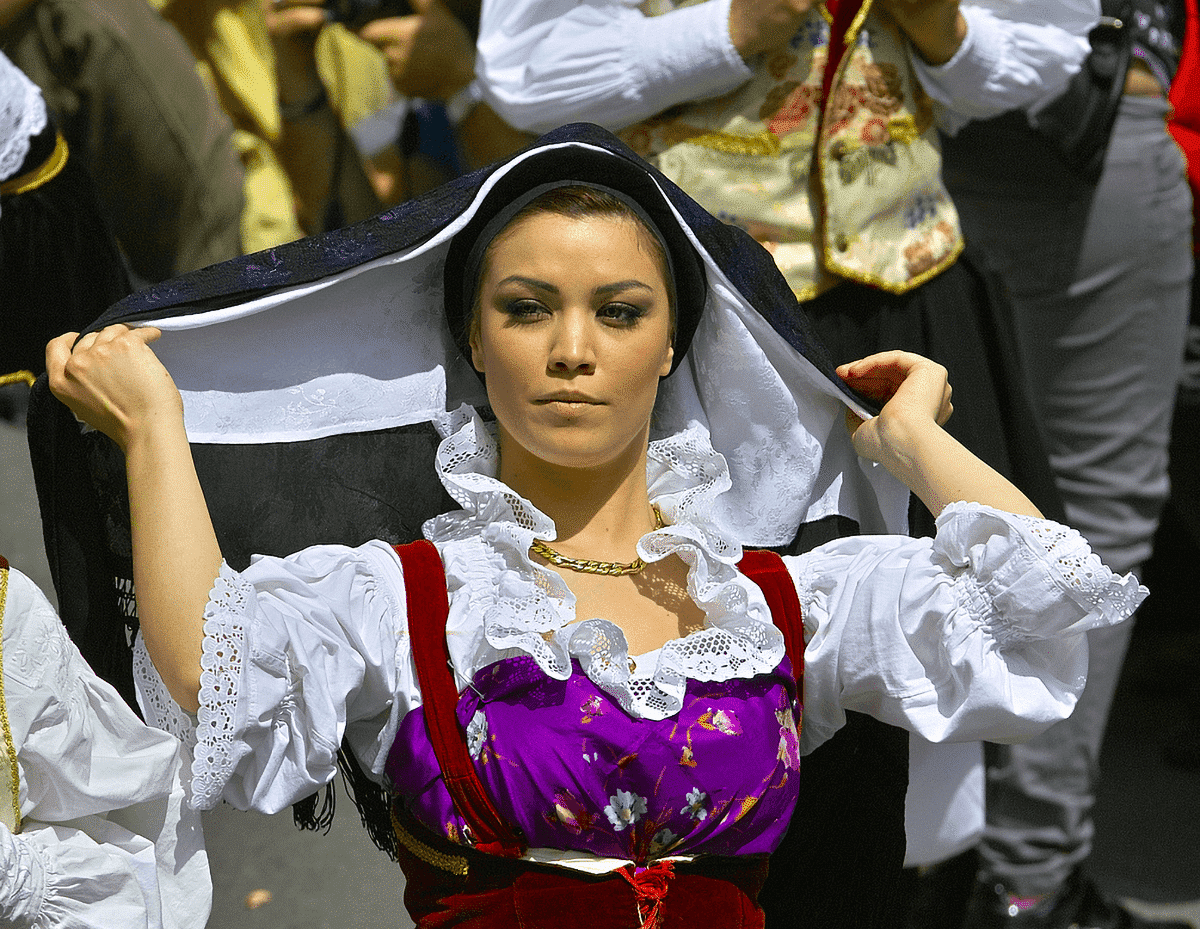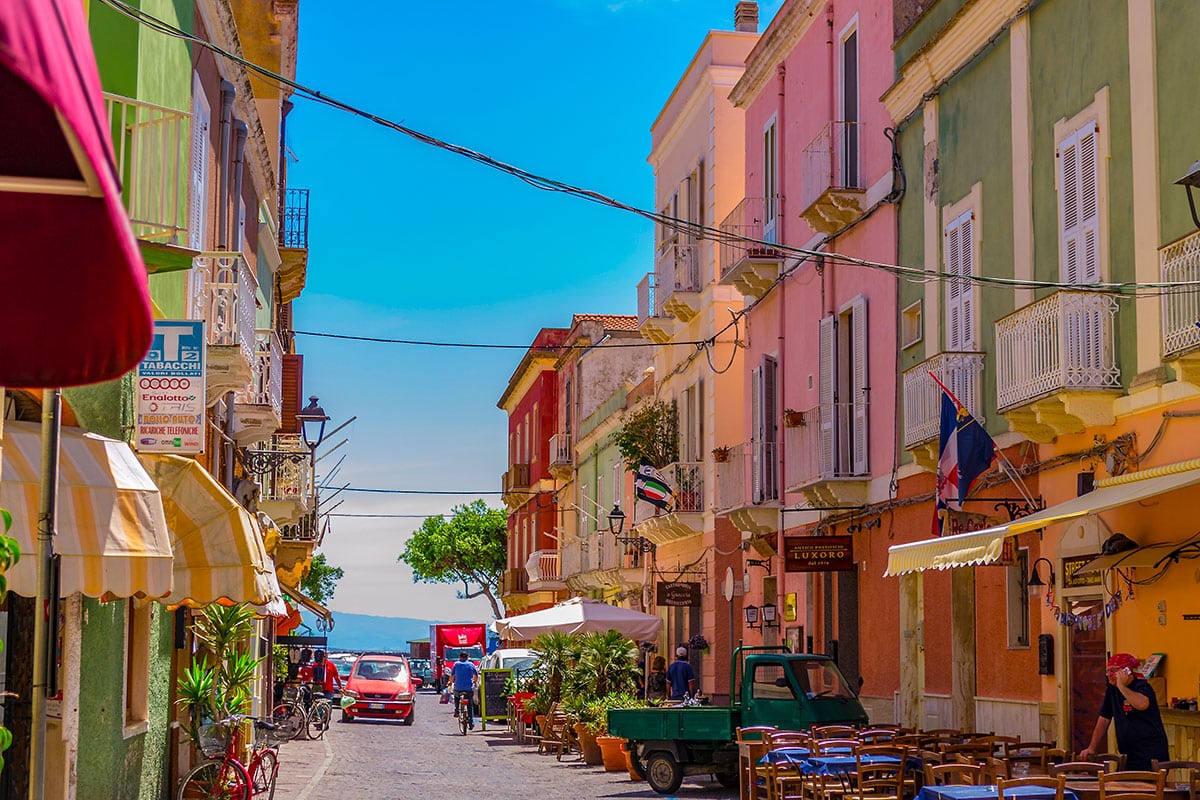The village of Carloforte unfolds in a fascinating labyrinth of alleys, steep stairways and small squares that climb toward the upper part of the town. Walking through the narrow streets, one seems to enter another time, where every corner tells the story of a seafaring people, linked to a land that, although far from other Italian coasts, is today a meeting point for different cultures. The musicality of the Carlofortino dialect is one of the most fascinating aspects of this community. One hears not only the echoes of a Ligurian past, but also a synthesis of Arab and Sardinian influences, which make the local language even more special and unique.
The town, while not very large, is rich in history and monuments that speak of difficult times, but also of great resilience. One of the town's landmarks is the town wall that still stands out in the upper part of Carloforte, a tangible sign of the defenses built by its inhabitants against raids by Barbary pirates and threats from France in the 19th century. The fortification, which dates back to 1806, includes several bastions and forts, the best known of which are the Santa Cristina, Santa Teresa, and Beatrice. The Lion's Gate, adorned with a lion protome, is another of the distinctive signs that testify to the inhabitants' determination to protect their land.
Another symbol of the city is the statue of Charles Emmanuel III, erected in 1786 on the waterfront to celebrate the king of Sardinia who granted the Tabarkinians permission to colonize the Island of San Pietro. This statue, which today seems almost forgotten by the hustle and bustle of everyday life, retains a certain aura of respect and gratitude, although the history associated with it is not without painful episodes. During the French occupation of the island, in fact, the statue was hidden and damaged, but despite this, the people of Carlofort have always retained a deep connection with the figure of the king and his origins. The maiming of the monument, which saw the amputation of an arm, is now a symbol of the passage of time and the struggles sustained by the community.
St. Charles Borromeo Church, located at the foot of the king's statue, is another focal point of the town. Its façade, which mixes neoclassical and Baroque styles, houses many valuable works of art inside, such as the statue of St. Charles and the Pieta, and a stone from the church in Tabarka, which pays homage to the Ligurian roots of the people of Carlofort. The church is a place of worship but also of historical memory, where each stone tells a part of the village's long and troubled history.
The landscape of Carloforte is equally fascinating, with spectacular views of the crystal clear sea surrounding the island. The island of San Pietro is a wild land, but at the same time rich in natural beauty, with its cliffs and waters that fade from deep blue to emerald green. Fishing has always been one of the main economic resources of the village, and even today, among the most heartfelt traditions is the one related to tuna fishing, which is celebrated every year with a historic tuna fishery. Maritime traditions are intertwined with daily life, giving the village a unique atmosphere.
Carloforte is an example of how a small community can keep its ties to its roots intact while evolving over time. Today, it welcomes visitors from all over the world, who come to discover the island's natural beauty, rich history and traditions of a seafaring people. The town is also a twinning site with Pegli, in Liguria, and ties with the Ligurian Riviera are still very strong. Carlofort's culinary traditions, art, music and culture continue to keep alive the connections with its homeland, offering those who visit the town an experience that goes beyond a simple tourist discovery, but becomes an encounter with a piece of Mediterranean history and identity.


